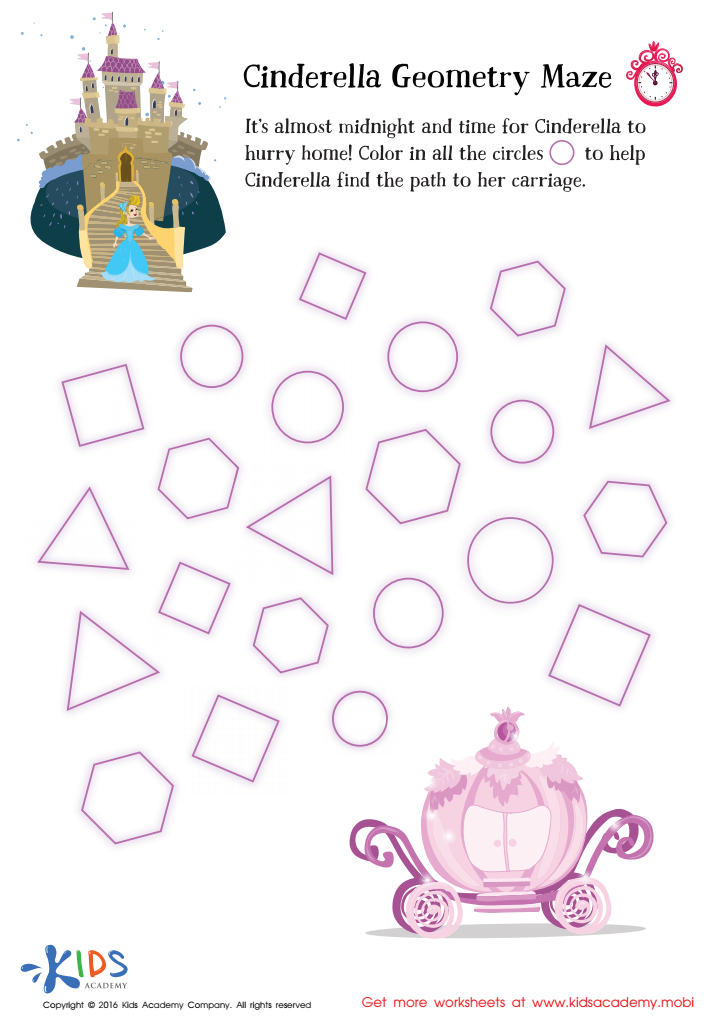Spatial Orientation Math Worksheets for Ages 3-9
4 filtered results
-
From - To
Introducing our Spatial Orientation Math Worksheets for ages 3-9! Designed to boost spatial awareness and math skills, these engaging worksheets help children understand positions, directions, and shapes through fun activities like puzzles and drawing tasks. Suitable for young learners, our resources support the development of critical thinking and problem-solving abilities, allowing kids to excel in both math and everyday situations. Available in a range of difficulty levels, these printables are perfect for preschool to early elementary students. Enhance your child’s learning experience with our carefully crafted spatial orientation worksheets today!


Going up or Down? Worksheet


Faces of 3D Shapes Worksheet


Cinderella Geometry Maze Worksheet
Spatial orientation is a critical component of early childhood development and mathematics education, and it should be a focus for parents and teachers of children ages 3 to 9. Between these developmental years, young learners form foundational skills necessary for more advanced mathematical concepts and everyday problem-solving. Spatial orientation involves understanding and manipulating shapes, spaces, and forms, which underpins skills such as reading maps, understanding geometry, and even grasping the layout of written text. These abilities are crucial for navigating both academic challenges and real-world environments.
By emphasizing spatial orientation, parents and teachers help children build cognitive abilities that aid in visualizing objects from different perspectives, enhancing their memory, and improving their understanding of relationships between objects. For instance, activities such as puzzles, building blocks, and interactive digital games can improve a child's ability to mentally flip, rotate, and move objects, all of which are skills related to spatial awareness. Furthermore, research shows that strong spatial skills correlate with success in STEM (science, technology, engineering, and mathematics) fields.
Fostering spatial orientation in young children not only facilitates a smoother transition to more complex mathematical concepts but also equips them with critical thinking and problem-solving skills essential for their overall growth and future academic success.
 Assign to My Students
Assign to My Students



















